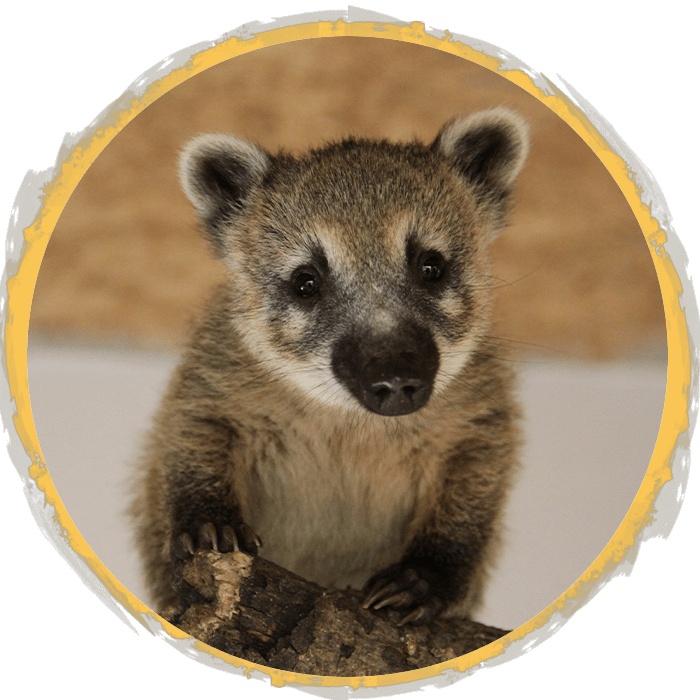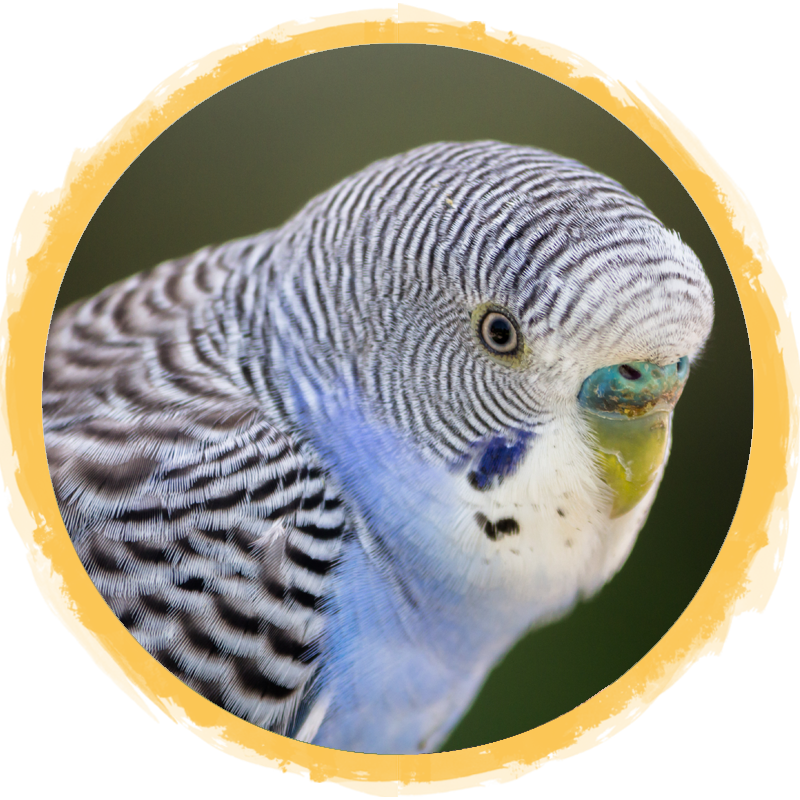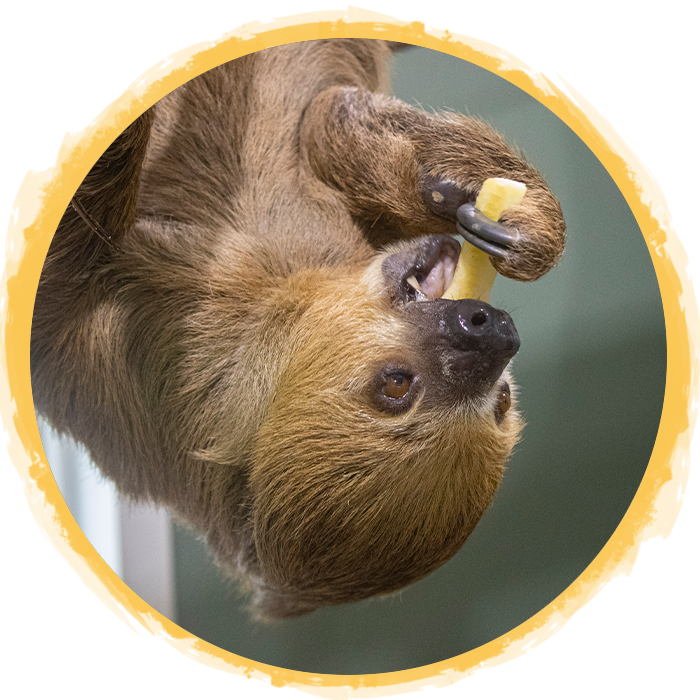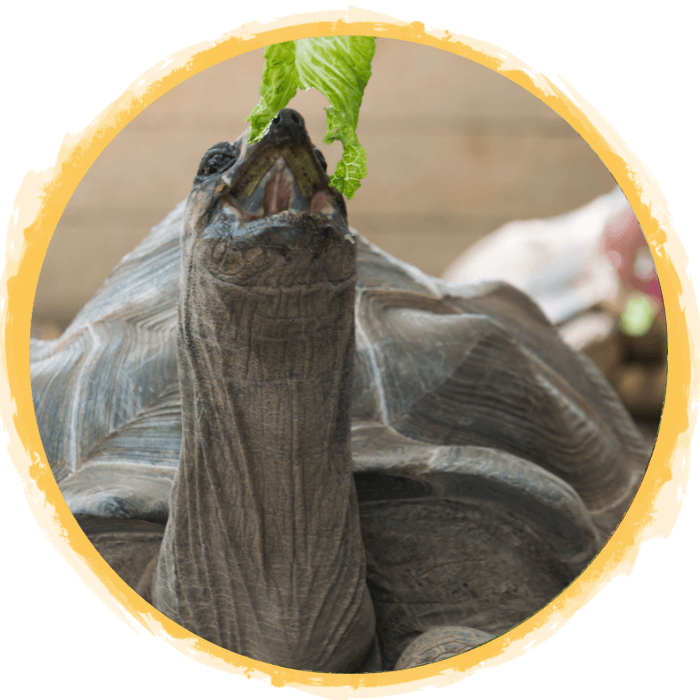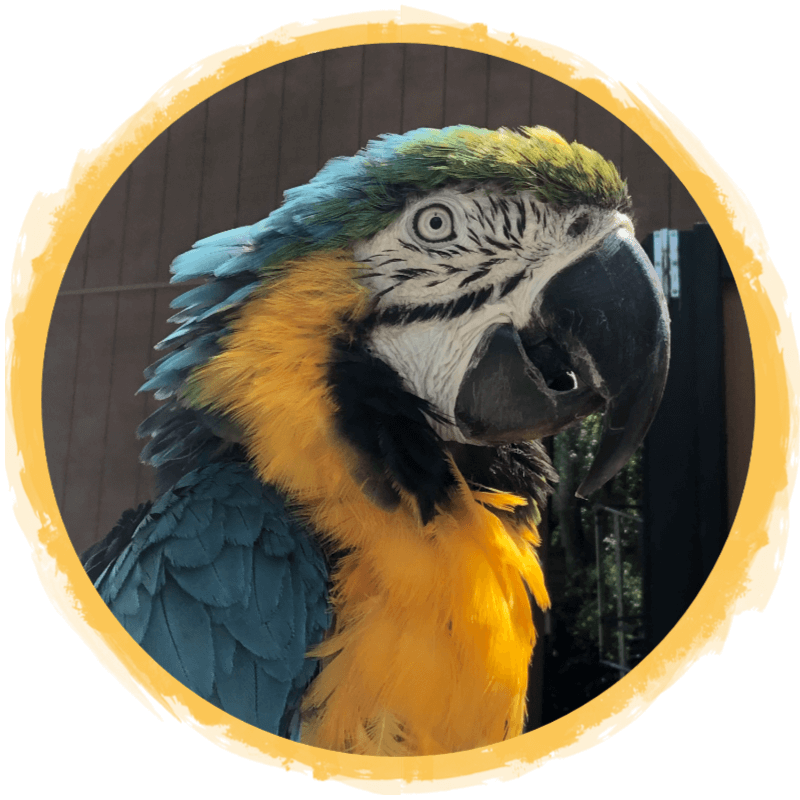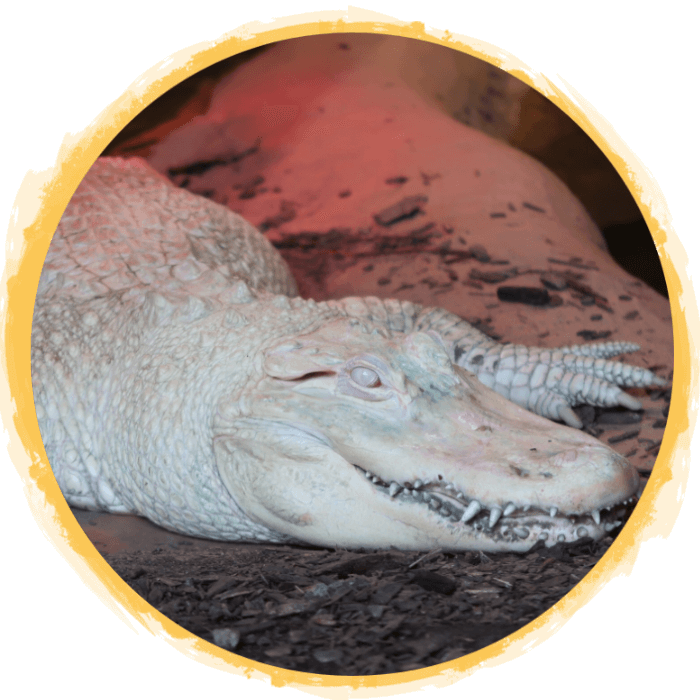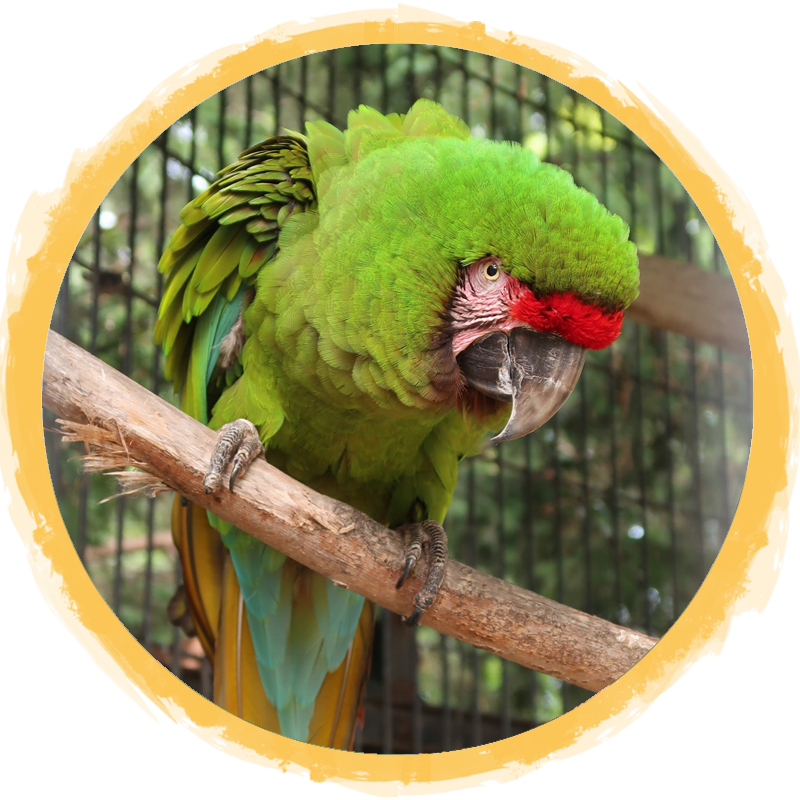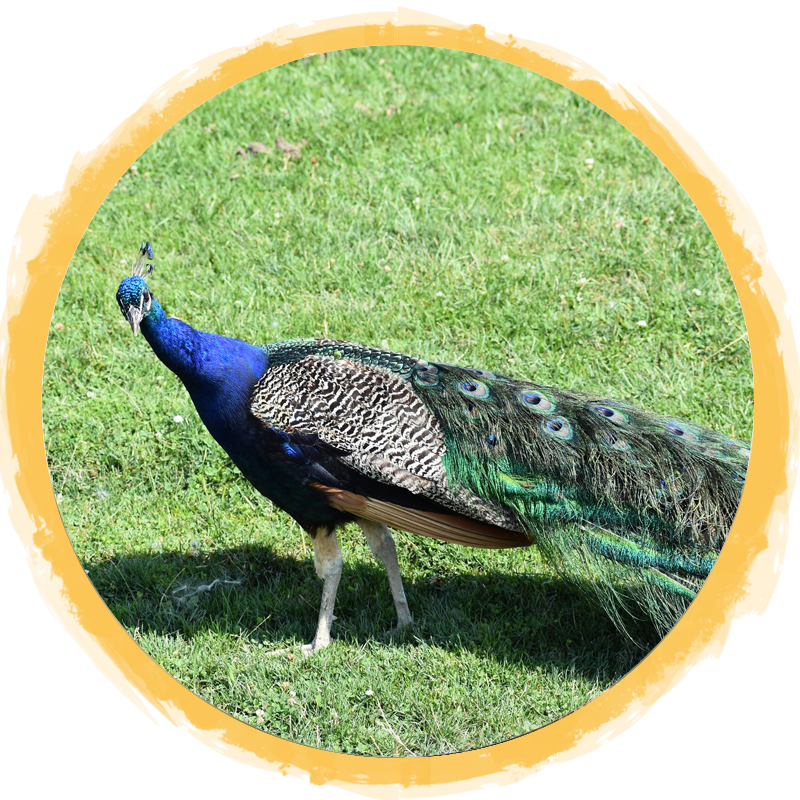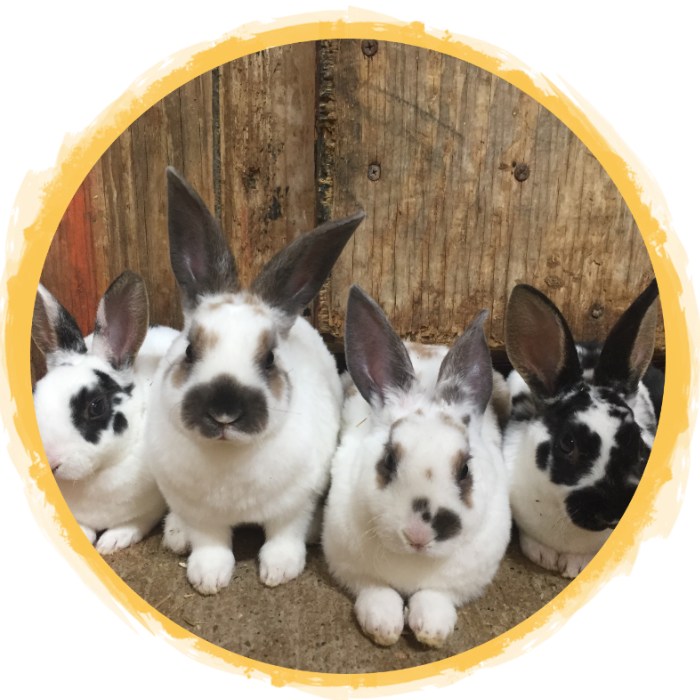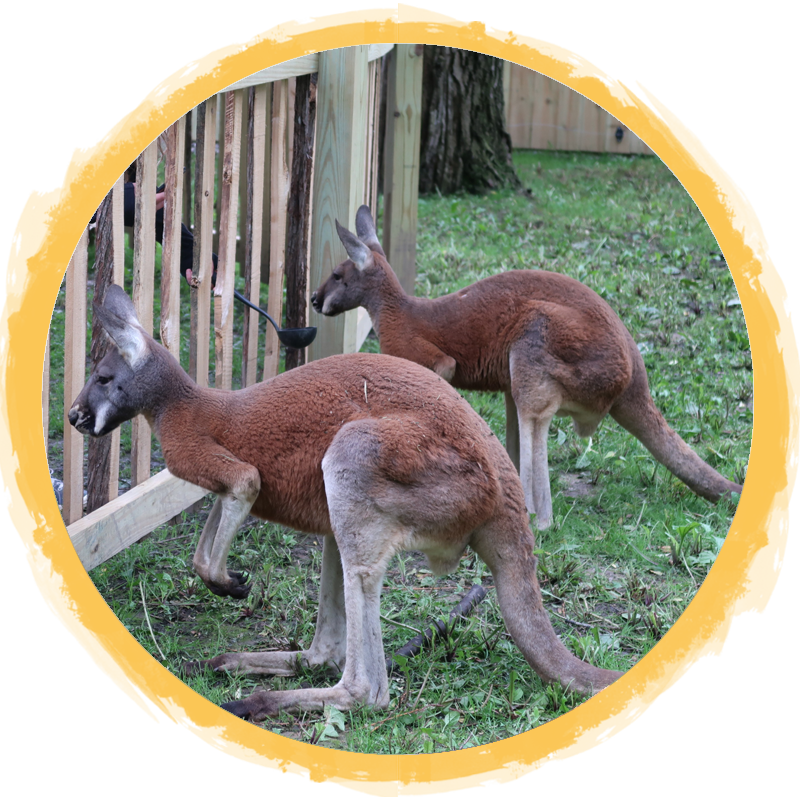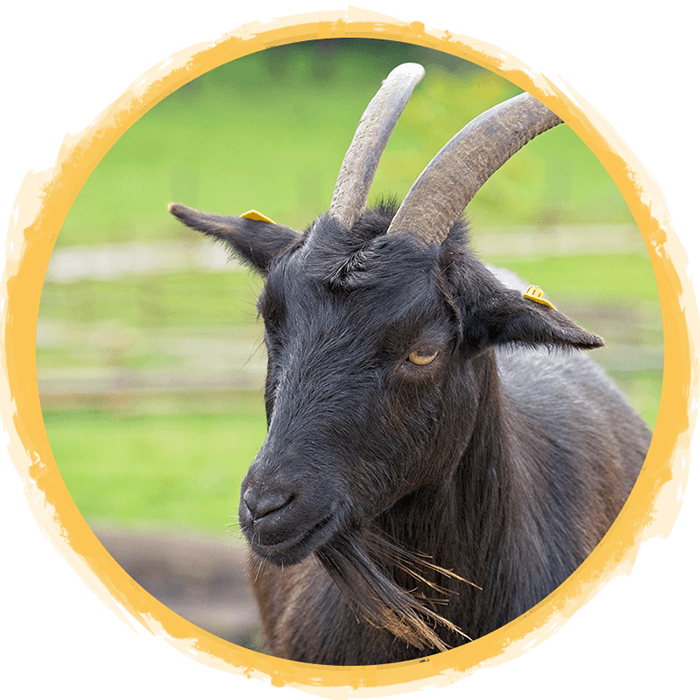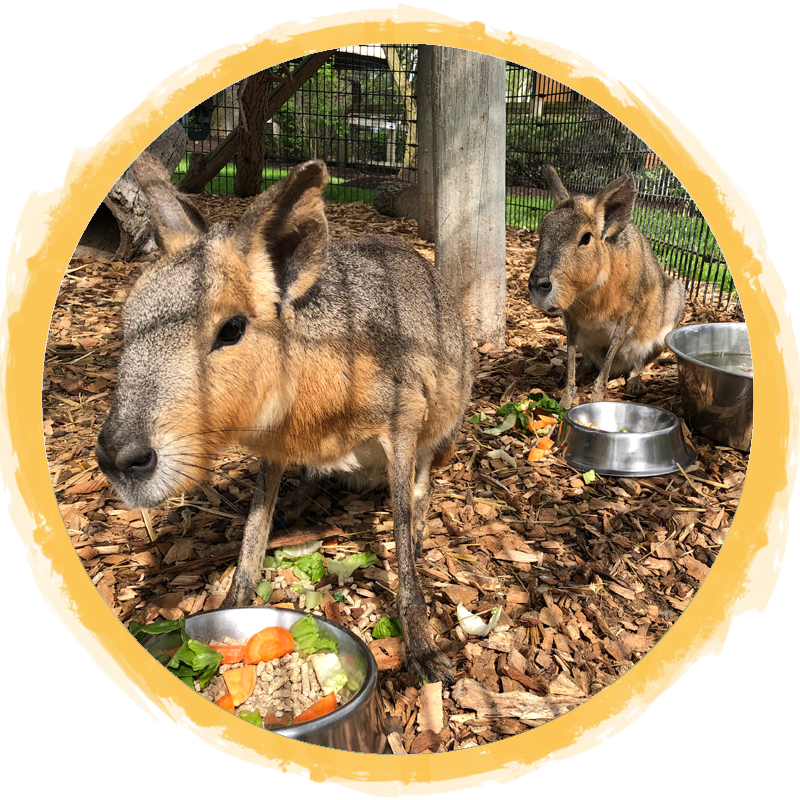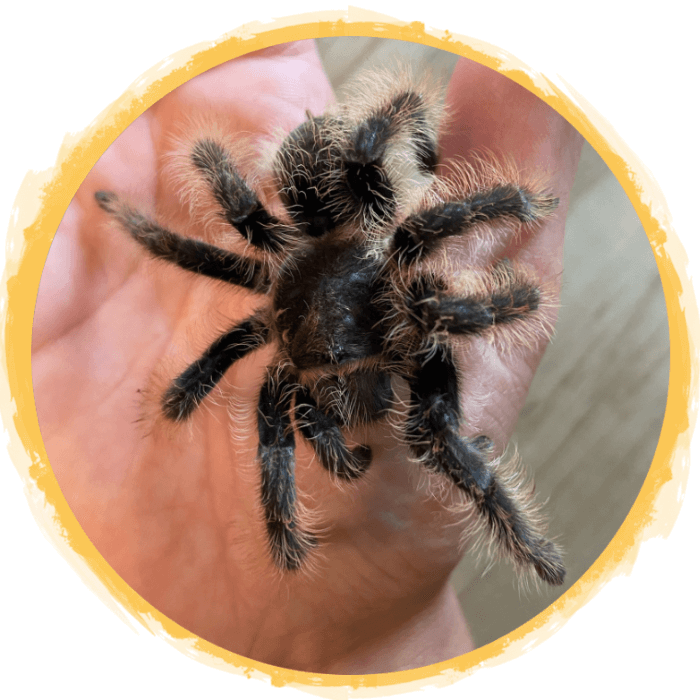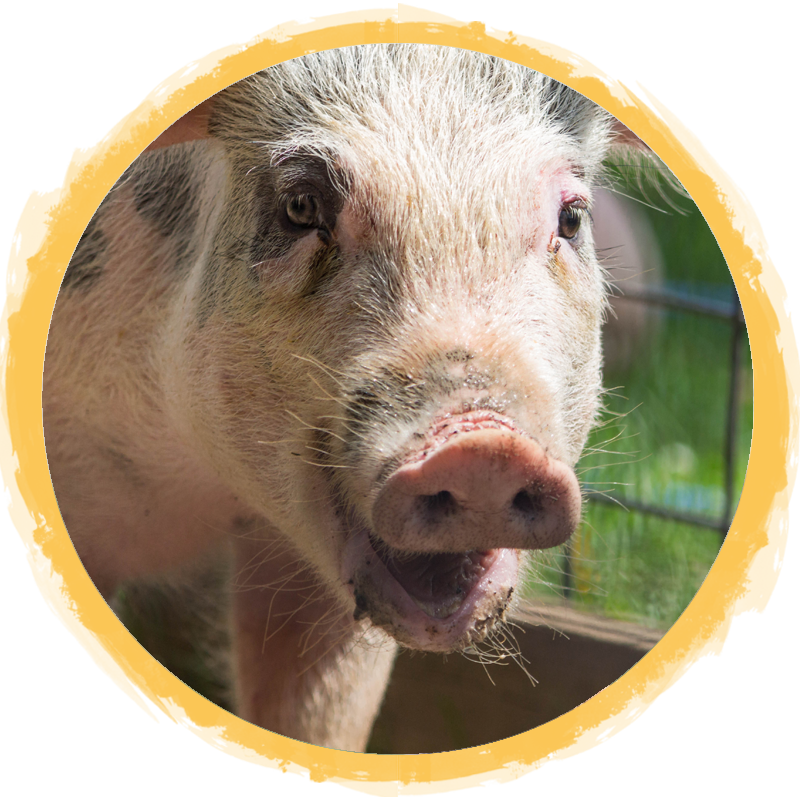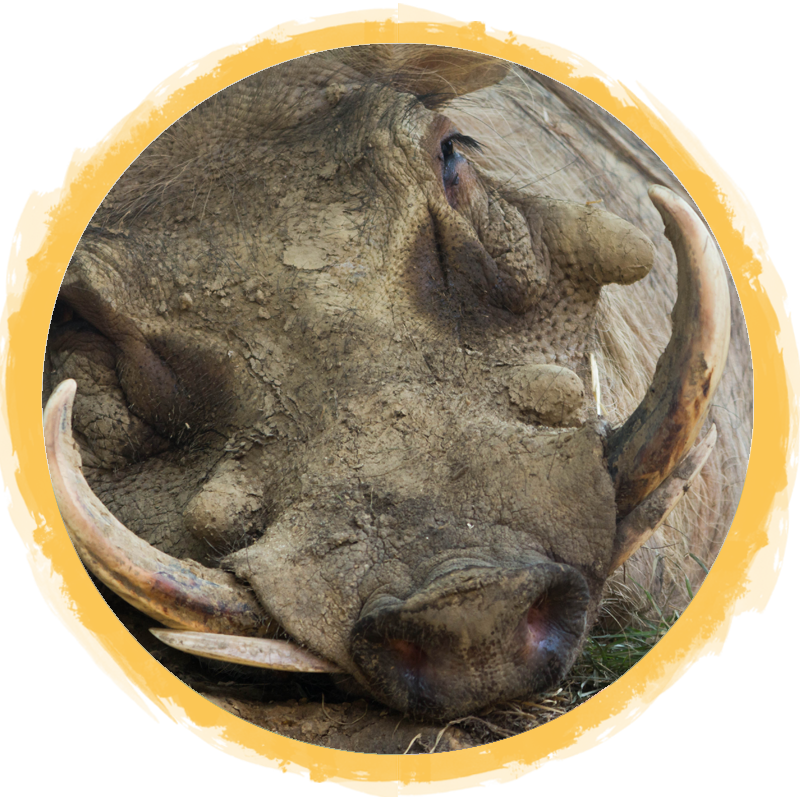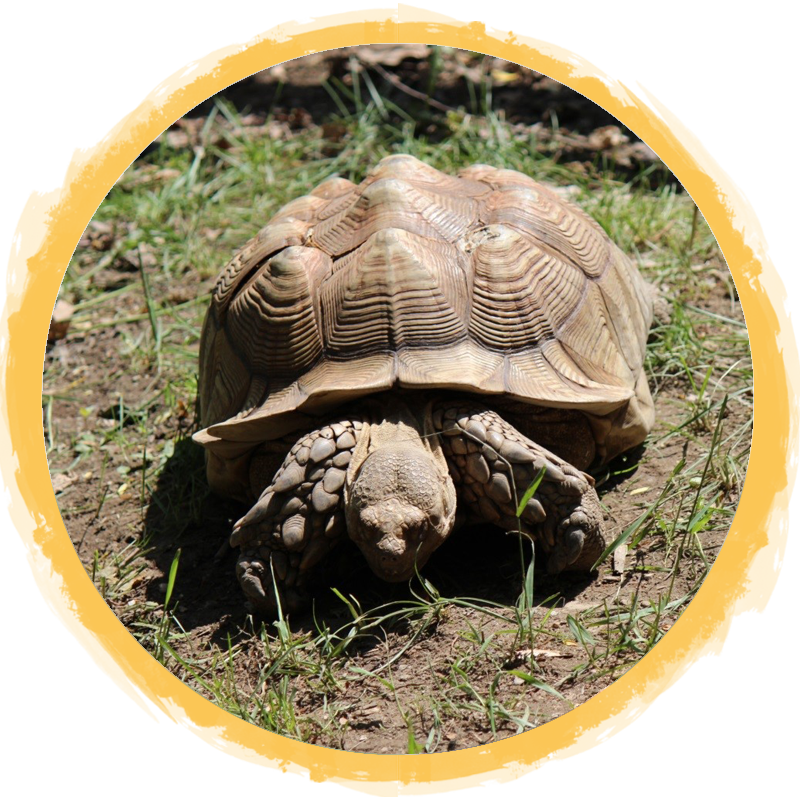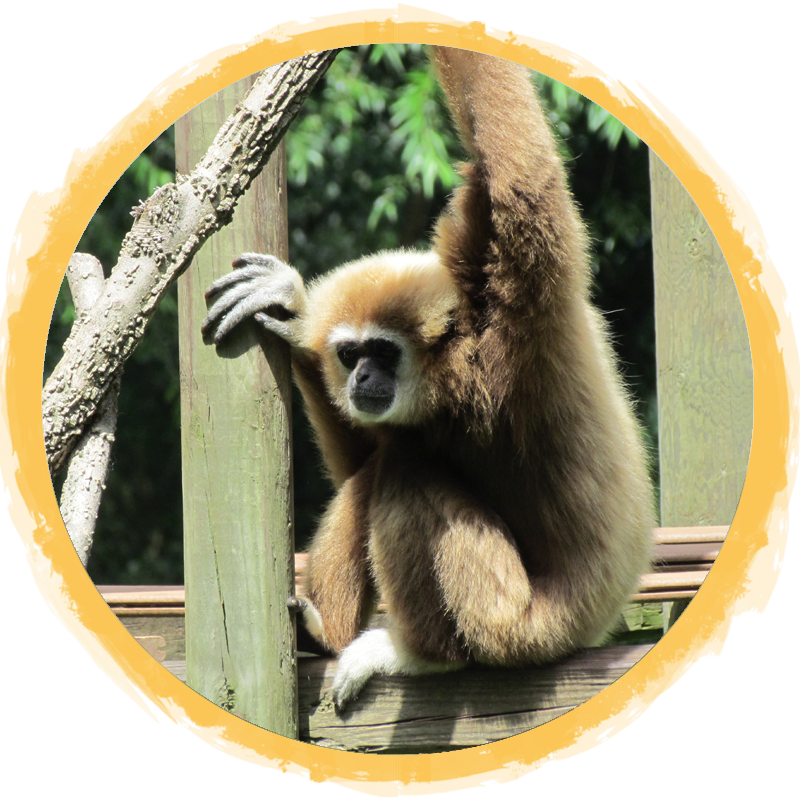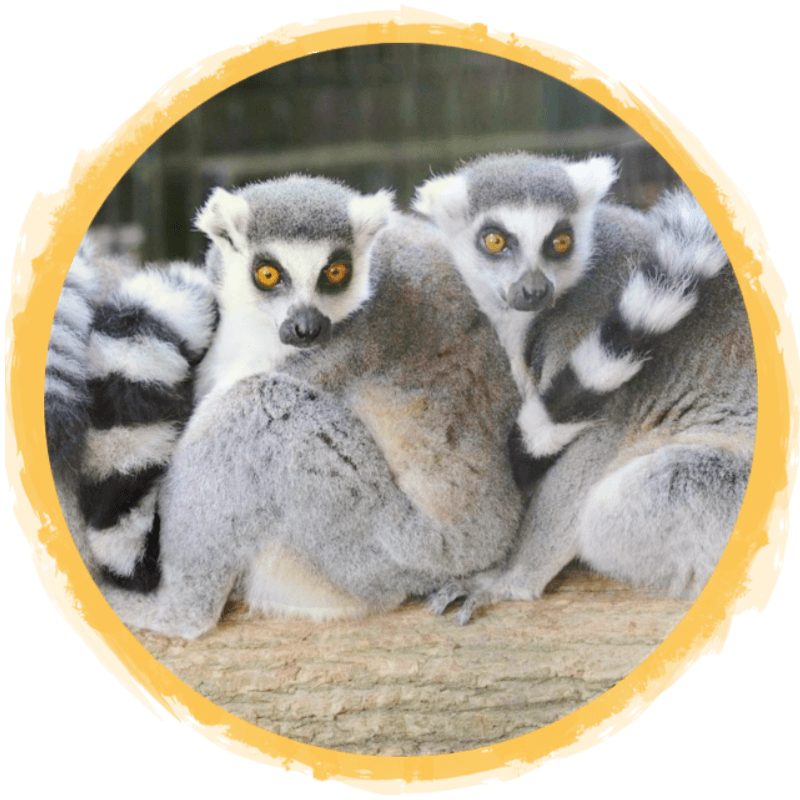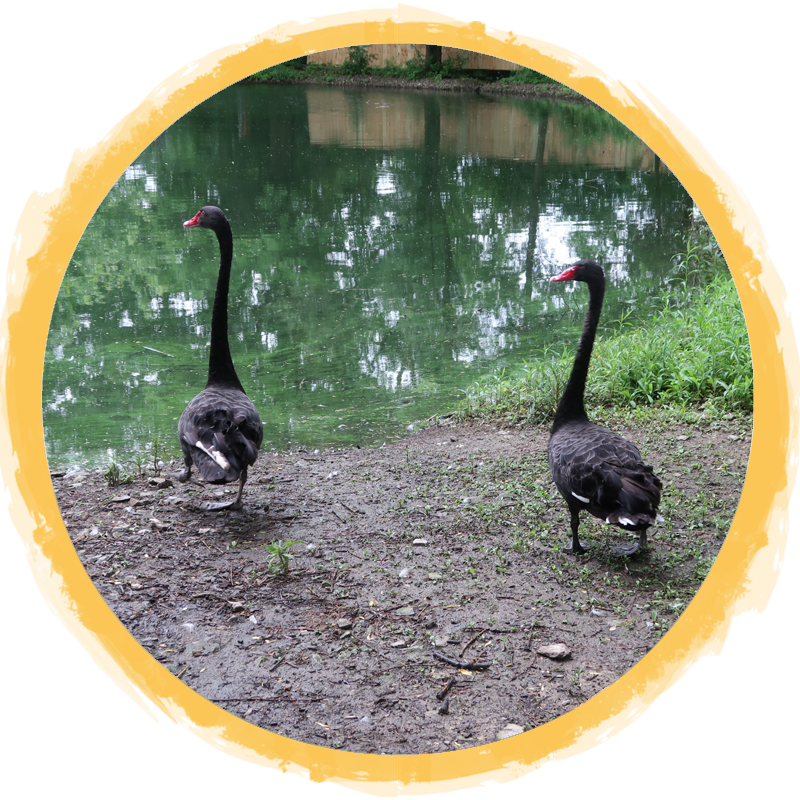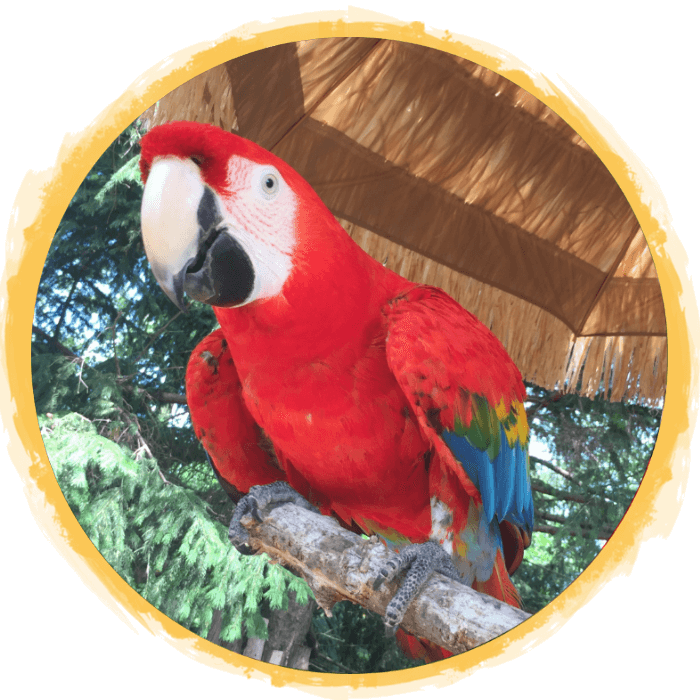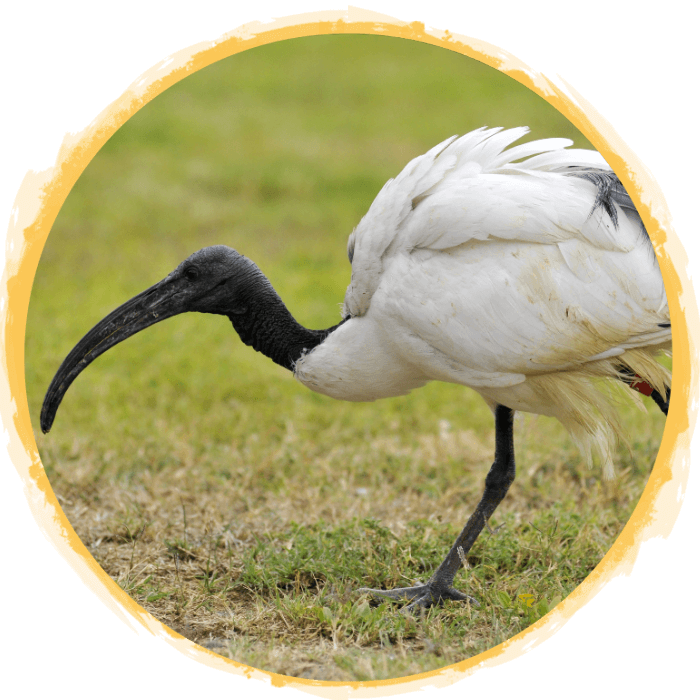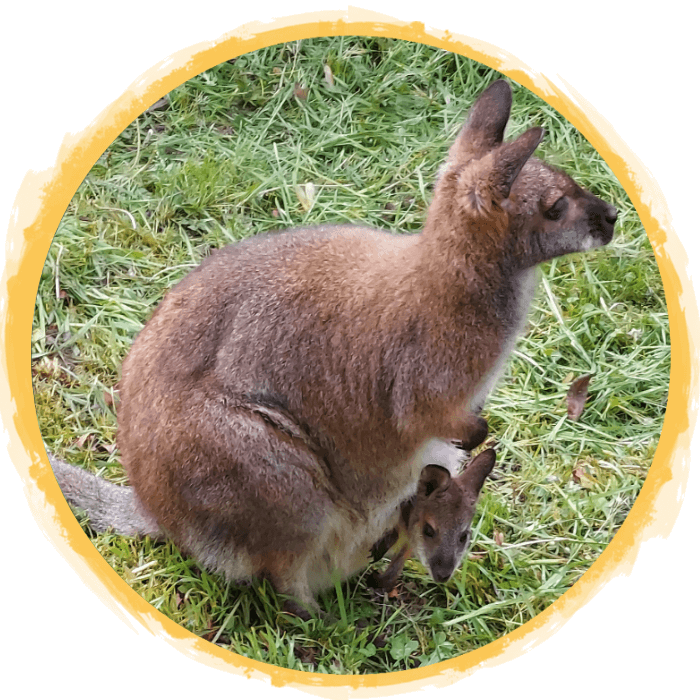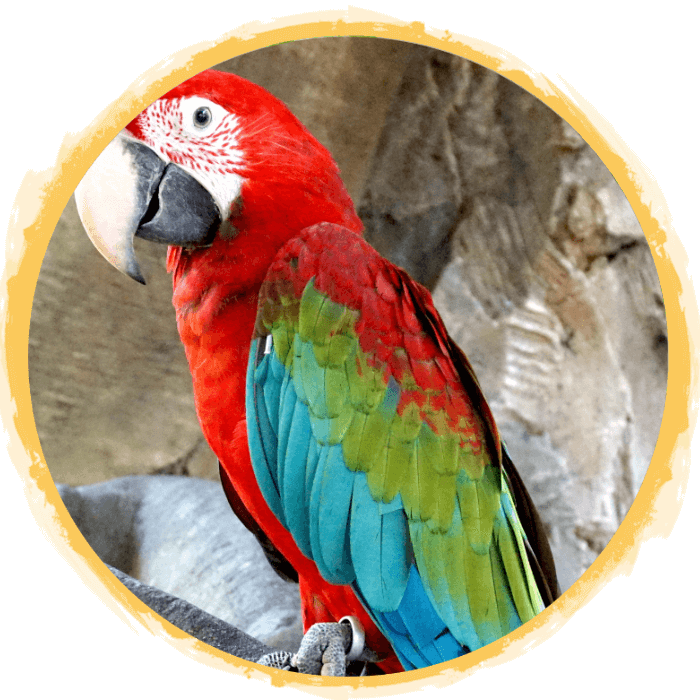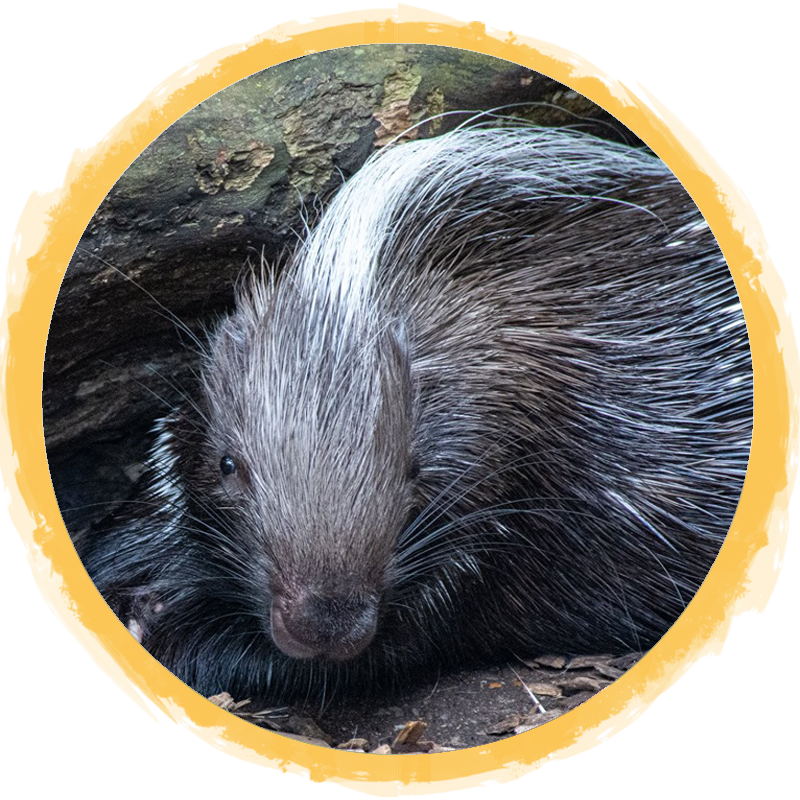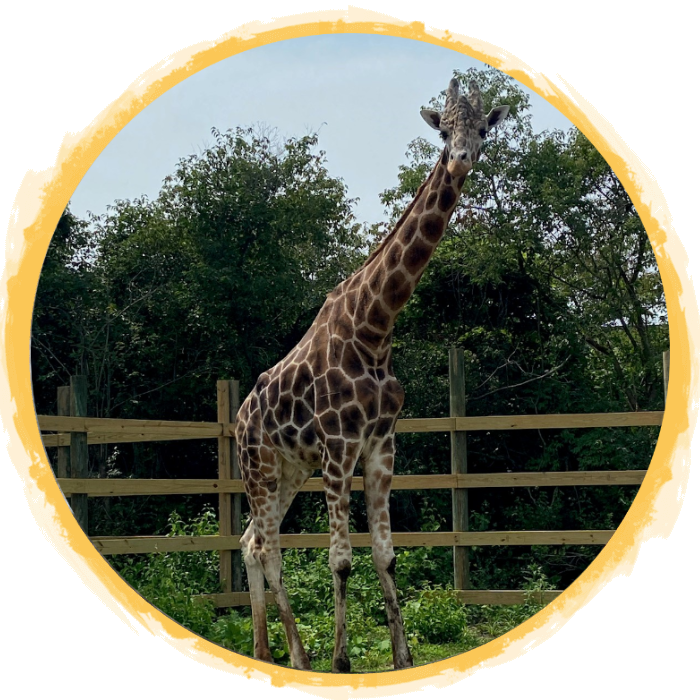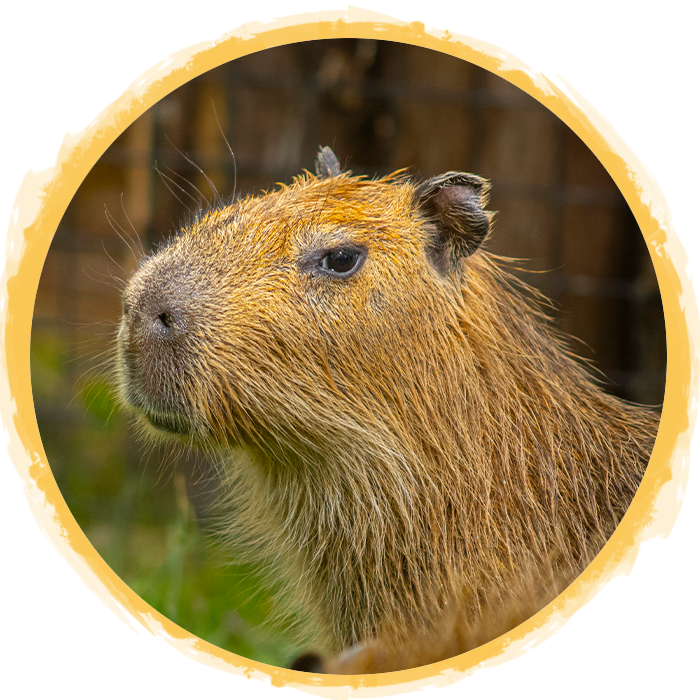(Vicugna pacos)
The alpaca is a domesticated species of South American camelid. They originate from the wild vicuña, which is a rare and protected species. There are two breeds of alpaca—Huacaya alpacas have dense, fluffy fiber, while Suri alpacas have long, straight fiber. They can come in 22 different colors! They enjoy being with other members of their species and are considered herd animals. Alpacas appear to have an underbite because they have no top front teeth.
Alpacas breed year-round, and males will often fight over breeding rights.
Alpacas were not bred to be pack animals, but for their fiber. Alpaca fiber is used for making knitted and woven items, similar to wool. These items include blankets, sweaters, hats, gloves, scarves, a wide variety of textiles and ponchos in South America, as well as sweaters, socks, coats, and bedding in other parts of the world. Their fiber is hypoallergenic, warmer and softer than lamb’s wool and is more durable than cashmere.
You know I am an alpaca if I have a shorter snout, flatter face, and smaller, pear-shaped ears than the llamas and guanacos. I am also smaller than both!
Not all alpaca spits, but they are capable of doing so.
Fast Facts
Country of Origin: South America
Weight: 110 - 190 lbs
Size: 2.5 - 3.5 feet tall
Lifespan: 15 to 20 years
Diet: Alpacas generally eat hay or grasses, but they can eat other plants as well.

